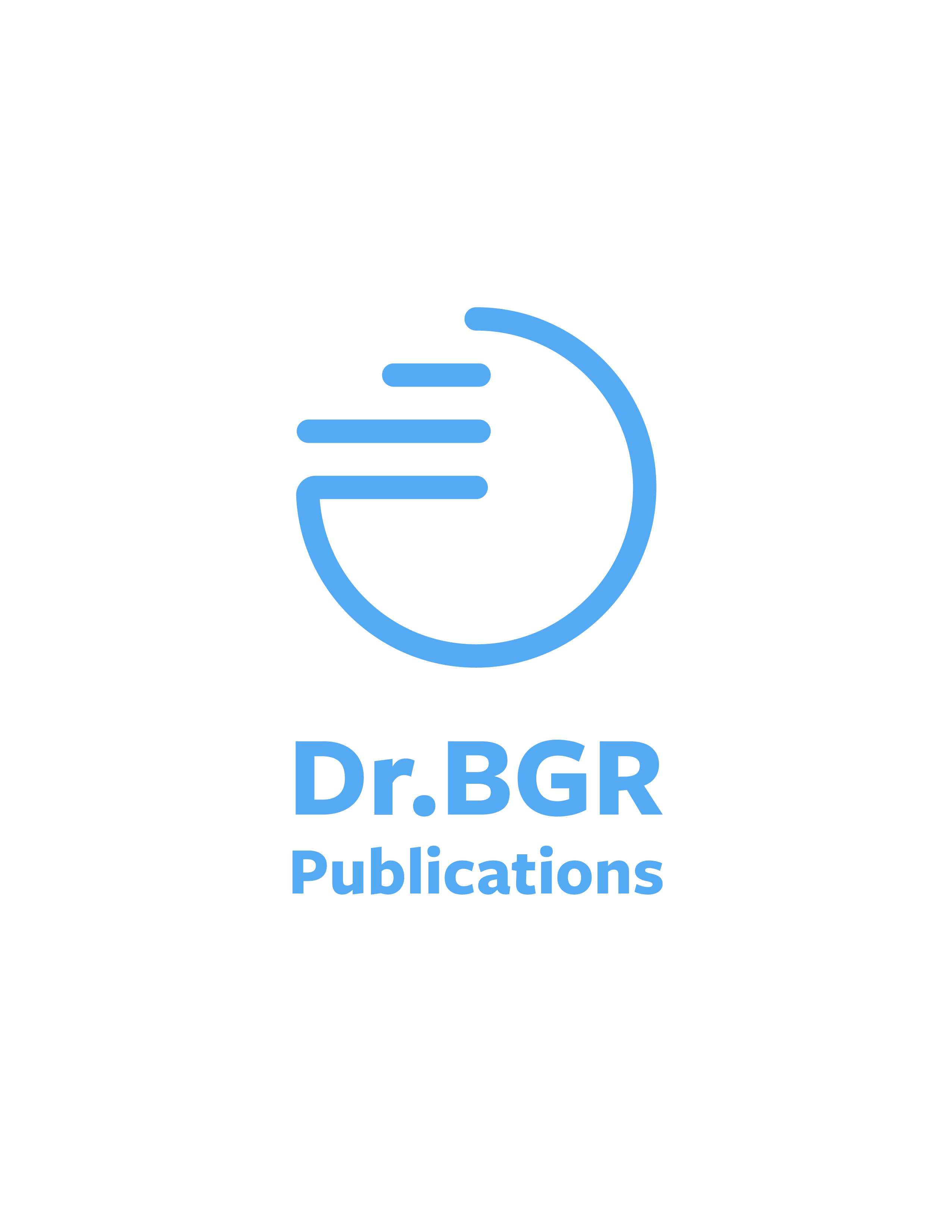Use of Datura metel, L. As low cost adsorbent for the heavy metal treated Eleusine coracana, Gaertn
Title
Use of Datura metel, L. As low cost adsorbent for the heavy metal treated Eleusine coracana, Gaertn
Authors
Murugalakshmi kumari
Keywords
Heavy metal | Datura metel
Publication Details
Vol: 2; Iss: 12; Dec 16 | ISSN: 2454-5422
Abstract
The present study focuses on the use of Datura metel, L. as an effective and efficient adsorbent for the heavy metal treated Eleusine coracana, Gaertn. The seedlings of Eleusine coracana, Gaertn were treated with various concentrations of heavy metal ions and their impact on the growth; biochemical and enzyme characters were studied. After the treatment with different concentration of lead acetate (2mM, 4mM, 6mM, 8mM, 10mM) the growth parameter such as leaf area, fresh weight, dry weight, shoot and root lengths were decreased than the control. Biochemical parameters such as chlorophyll, carotenoids, soluble sugar, and protein content also decreased with the increase in the concentration of lead acetate. But the content of free amino acid, proline, phenol and leaf nitrate increased with the increase in the concentration of lead acetate. The activities of enzyme such as catalase and peroxidase were found to be increased with the increase in the concentration of lead acetate. Application of low cost bioadsorbent (Datura metel, L.) in different concentrations (2gm/L, 4gm/L, 6gm/L) on 6mM lead acetate treated plants has shown the stress relieving effect caused by lead acetate. The results revealed that Datura metel, L. a road side weed plant have good potential as an adsorbent for the removal of toxicity caused by lead.


